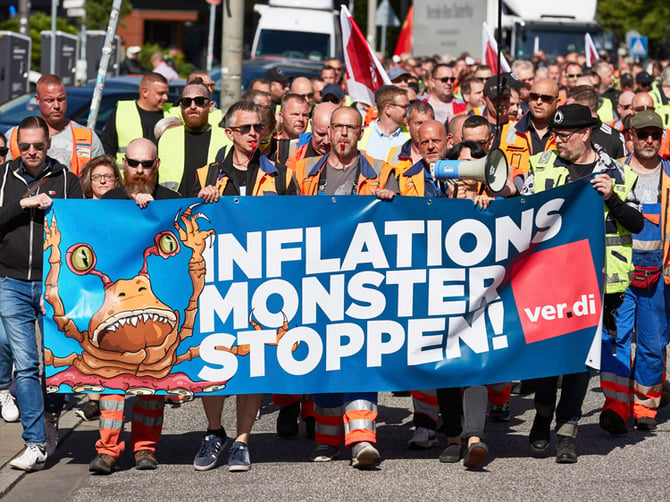Europe's Inflation Shows Slowdown but Cost of Living Remains High

Cooling inflation has brought some respite in Europe, with price gains easing moderately. However, the cost of living is still high, even if the slowdown hints that weary consumers might be through the worst.
The consumer price index in the Eurozone climbed 9.2% in December from the previous year, the slowest rate since August 2022. It marked the second successive drop in inflation since June 2021. In November, the rate fell to 10.1% after hitting a record 10.6% during the prior month.
Homes and companies throughout Europe have been burnt by soaring energy costs since Russia invaded Ukraine almost a year ago. The latter war destabilized oil and natural gas markets and drove up inflation.
The most recent data suggests that the energy crisis may be slowing for the moment. Energy price increases cooled to 25.7%, down from 34.9% in November and 41.5% in October.
What does this mean for me?
In positive news, natural gas prices have dropped from all-time highs this summer as Europe has mostly sourced its winter fuel needs from other countries besides Russia. Food-price gains have also held steady.
However, so-called “core” inflation, which excludes volatile food and energy costs, rose to 5.2% last month from November's 5%, as prices for goods such as computers, appliances, automobiles and clothing rose. Analysts say this likely means that European Central Bank officials will introduce more interest rate hikes to get inflation back to their 2% target.
More News
.webp)
Japan’s Rate Shift Is Rippling Through Global Bond Markets
1 week ago

China’s Growth Engine Stalls as Consumers and Investors Pull Back
1 week ago

Egypt’s Recovery Gains Traction as Household Pressure Lingers
3 weeks ago

OECD Warns AI and Tariffs Will Test the Global Economy
3 weeks ago

Zero Tariffs, Higher Drug Bills as US and UK Reset Pharma Trade
3 weeks ago

Catastrophe Bonds Go Global as Climate Risk Meets Yield Hunting
1 month ago
.webp)
Canada Shields Steel and Lumber Industries From Tariffs
1 month ago

Trump Drops Selected Tariffs in Response to Inflation Pressures
1 month ago